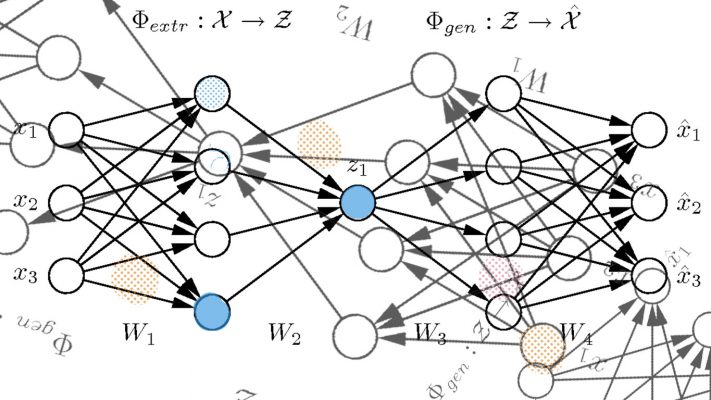At last year’s Ignite
conference, Microsoft delivered a flood of announcements—among them was Project
Cortex, the first new service in Microsoft 365 since the launch of Microsoft
Teams. Using artificial intelligence (AI), Cortex can provide users with insights
and expertise right in the apps they rely on every day. Project Cortex enables companies
to organize and make sense of collective knowledge, and it can empower people
and teams to do what they need to do to compete, but faster—that is, learning,
upskilling and innovating.
Indeed, Cortex seems like a
natural next step. Along with SharePoint and Teams, Cortex has the potential to
propel organizations forward, toward a better way of working, collaborating,
learning, and innovating.
But, before companies can see those benefits, they must first gain an understanding of how Cortex works.
UNDER THE HOOD
Project Cortex uses AI to make sense of your organization’s structured and unstructured content, including information that’s created and shared in Microsoft 365. Cortex recognizes content types, extracts important information, automatically tags it, and organizes it into topics. Specifically:
- It uses image and text recognition to identify objects in scanned or uploaded images based on an understanding of more than 10,000 attributes, and extracts text from images and PDF files.
- Its forms processing system enables users to identify important information in forms and extract the information as metadata. For example, for files with a consistent structure like invoices or contracts, users can create rules that automatically extract and tag key information like invoice date and total, and contract effective date.
- Using machine teaching capabilities, it enables experts to train the AI to recognize information in unstructured content like training materials or proposals, which often have a mix of information and formatting.
- AI then applies advanced topic mining logic to identify topics and relate content to those topics. For example, a topic model would result in “health,” “patient,” “symptoms,” “hospital,” and others if “healthcare” is the topic. Cortex creates an organizational knowledge network based on relationships between topics, content and people.
THE USER EXPERIENCE
Project Cortex’s knowledge and expertise will be available to users within the apps they use daily. Here’s how:
- When a topic is detected, a topic card will appear automatically in Outlook, Word, SharePoint, Microsoft Teams, and in Microsoft Search results. Topic cards include a description, experts, resources, and other information about the subject.
- Topics will be included on people cards throughout Microsoft 365, making it easy to identify who’s contributing to which project within the company. In addition, Cortex will automatically ask users to add topics to their people cards based on their current projects.
- Topic pages enable users to dig deeper into the information found on people cards and topic cards. Project Cortex uses AI to build topic pages automatically from your company’s content, and enables experts to edit existing topics or create new ones.
- Finally, the knowledge center serves as the hub for all this information—it provides each user with a customized view of relevant knowledge in the organization, including trending topics, open questions, and more. Organizations can create additional knowledge centers for specific topics, such as policies and procedures, training, special projects and more.
SECURITY AND COMPLIANCE
Because it’s powered by SharePoint and built into Microsoft 365, Project Cortex enables organizations to manage their information with built-in security, privacy and compliance. Access to topics and other information will depend on each user’s permissions, and administrators will be able to exclude information, determine if certain topics can be published for broader visibility, and block specific topics.
Project Cortex is currently in preview, and Microsoft says it will be available in the first half of 2020. Still, that’s no reason to sit around and wait. Business users, without a doubt, will need guidance using Cortex—after all, without training and support for users, the technology cannot deliver on its promises. Organizations that start working on their adoption strategy now will be better equipped to benefit from the technology once it’s available.
Image: Illustration from PhD thesis, modified. Attribution 2.0 Germany (CC BY 2.0 DE)











